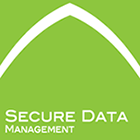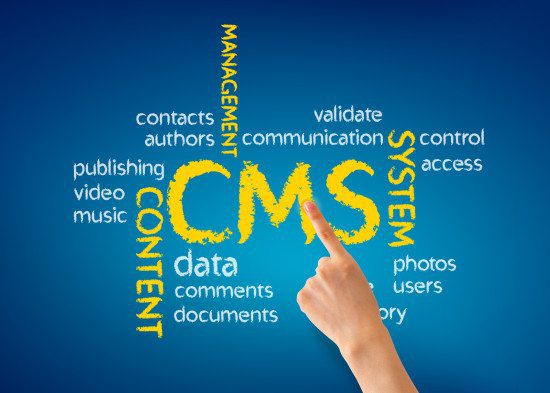At a technology, entertainment and design conference in Vancouver Arrigo Berni the chief executive of notebook distributor Moleskine told the audience :
“Paper will always be around. It helps express a fundamental part of human experience”.
This particular conference is frequently attended by representatives of promising tech start-ups as well as those who have been in the game for a while now; therefore Moleskine’s attendance at the TED conferences, a company that above all relies on paper, to some might seem rather surprising. However, Moleskine is no longer a company that deals in only paper. As Berni rightly pointed out paper has a fierce fight on its hands as digital devices become increasingly popular among consumers and businesses, which is perhaps one of the reasons Moleskine decided to join forces with tech giants Adobe and Livescribe.
Moleskine’s tentative move into the highly competitive digital market is a bold one and it is further evidence of another more widespread change, that being that businesses that once depended on paper are now choosing to use digital tools instead for their everyday operations. Even businesses that continue to believe in the enduring utility of paper, such as Moleskine, are now making the switch from paper to digital.
Businesses once reliant on paper are beginning to incorporate digital tools into their business models; however as Moleskine would probably agree this transition is most effective when it is gradual, and often businesses will have to master using both paper and digital tools for a time. A hybrid approach can often be the most rewarding, and as Moleskine has demonstrated businesses that previously relied solely on paper can have unprecedented flexibility when they follow this strategy.
The Advantages of a Hybrid Information Management Strategy :
As Moleskine has shown a business no longer needs to be paperless in order to reap the rewards that digitization can bring; indeed a hybrid approach often is more suitable for businesses that in the past have been highly dependent on paper. This gradual approach to digitization has been made easier for businesses as digital information security has become more advanced; businesses that chose not to chase the paperless dream during the days when the paperless philosophy was taking flight are now benefiting from the errors of their forefathers when it comes to data security.
Businesses that once felt as though they were in a contest with start-ups that relayed solely on digital tools are now realising that collaboration might be the most worthwhile strategy. As the BBC reported Moleskine’s collaboration with Evernote, a Silicon Valley veteran, led to the creation of a commercially successful hybrid notebook; this notebook allows note takers to make their writings digital, enabling users to organise and edit their notes in a digital format.
At a time when most of us continue to use both paper and digital devices, products like this are not only innovative but practical. It is a content management system that shows that paper is here to stay, and indeed it also demonstrates that digital devices can actually reinvigorate paper’s widespread appeal and utility.
Businesses and offices continue to rely on paper, often choosing it over its digital competitor. Way back in the 1970s it was predicted that by the 1990s offices would be paperless and yet in 2015 businesses still continue to rely on it for their most basic, everyday tasks. As businesses begin to discover the benefits of hybrid data management, and the use of both digital and paper for their business operations, the paperless dream seems increasingly inadequate.[su_box title=”About Secure Data Management” style=”noise” box_color=”#336588″] Secure Data Management Ltd (SDM) is an independently owned company which specialises in providing offsite document storage to some of the UK’s most well known brands. Based in London and Swindon, we have over 25 years experience in providing a premium offsite document storage service for our clients. Secure Data Management’s services include offsite document storage, scanning and designing archival management systems. (SDM) ethos is to meet client’s expectations 100% of the time.[/su_box]
Secure Data Management Ltd (SDM) is an independently owned company which specialises in providing offsite document storage to some of the UK’s most well known brands. Based in London and Swindon, we have over 25 years experience in providing a premium offsite document storage service for our clients. Secure Data Management’s services include offsite document storage, scanning and designing archival management systems. (SDM) ethos is to meet client’s expectations 100% of the time.[/su_box]
The opinions expressed in this post belongs to the individual contributors and do not necessarily reflect the views of Information Security Buzz.



